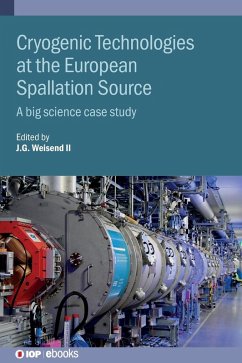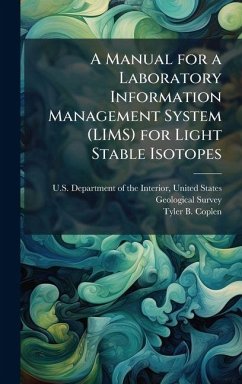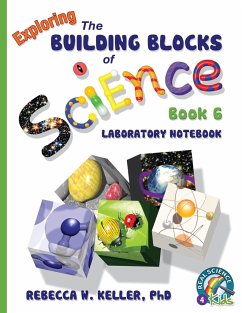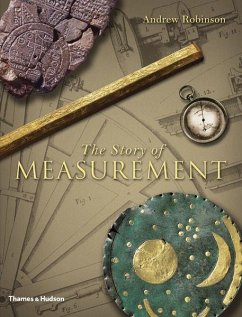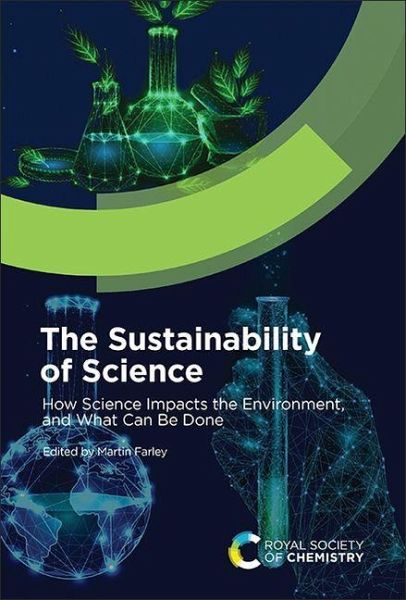
The Sustainability of Science
How Science Impacts the Environment, and What Can Be Done
Herausgeber: Farley, Martin
Versandkostenfrei!
Erscheint vorauss. 25. März 2026
124,99 €
inkl. MwSt.

PAYBACK Punkte
62 °P sammeln!
Scientific research is a resource intensive activity, and it is growing quickly worldwide. In fact the growth rate of science has outpaced global growth consistently for over a decade. If we were to estimate the entire emissions of clinical science, this could be 100 mTonnes per annum, which equates to the 40th largest country in the world. Scientific discovery is essential to addressing global climate challenges, but as it grows, we must recognise its own contribution to that same climate crises. The important question becomes, how can we continue to facilitate research the world needs whilst...
Scientific research is a resource intensive activity, and it is growing quickly worldwide. In fact the growth rate of science has outpaced global growth consistently for over a decade. If we were to estimate the entire emissions of clinical science, this could be 100 mTonnes per annum, which equates to the 40th largest country in the world. Scientific discovery is essential to addressing global climate challenges, but as it grows, we must recognise its own contribution to that same climate crises. The important question becomes, how can we continue to facilitate research the world needs whilst not sacrificing the same planet in the process? From energy use in the laboratory, through reducing single use plastics and even to looking at wider considerations for facilities design, this book will be a comprehensive handbook for anyone wanting to improve the sustainability of their research. Written by a group of scientists with a variety of perspectives this is an essential read for research group leaders, laboratory technicians and facilities managers alike.




